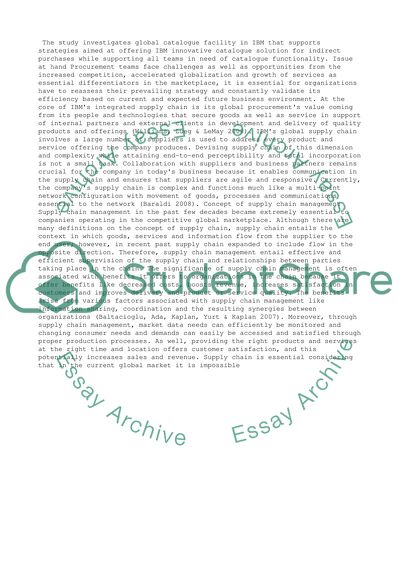Cite this document
(“Project Risk and Procurement Management Essay Example | Topics and Well Written Essays - 2500 words”, n.d.)
Project Risk and Procurement Management Essay Example | Topics and Well Written Essays - 2500 words. Retrieved from https://studentshare.org/business/1488873-project-risk-and-procurement-management
Project Risk and Procurement Management Essay Example | Topics and Well Written Essays - 2500 words. Retrieved from https://studentshare.org/business/1488873-project-risk-and-procurement-management
(Project Risk and Procurement Management Essay Example | Topics and Well Written Essays - 2500 Words)
Project Risk and Procurement Management Essay Example | Topics and Well Written Essays - 2500 Words. https://studentshare.org/business/1488873-project-risk-and-procurement-management.
Project Risk and Procurement Management Essay Example | Topics and Well Written Essays - 2500 Words. https://studentshare.org/business/1488873-project-risk-and-procurement-management.
“Project Risk and Procurement Management Essay Example | Topics and Well Written Essays - 2500 Words”, n.d. https://studentshare.org/business/1488873-project-risk-and-procurement-management.


